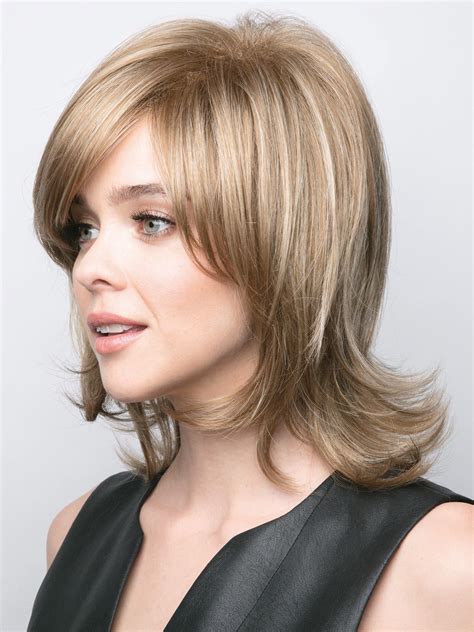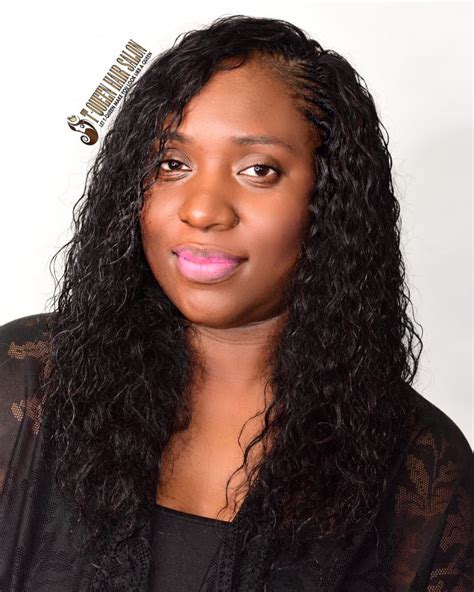Introduction
Human hair tree braids, an ancient and elaborate hairstyle, have captivated cultures across the globe for centuries. With their intricate designs and cultural significance, tree braids continue to adorn heads today, embodying both beauty and tradition.

Historical Roots
The origins of human hair tree braids can be traced back to ancient Africa, where they were adorned by various tribes. These braids, often adorned with beads and other embellishments, held deep cultural and spiritual significance, serving as a form of self-expression and identity.
Traditional Techniques
The traditional techniques of human hair tree braids vary widely depending on the region. However, common methods include:
- Cornrowing: Thin braids are created along the scalp, forming the base for more elaborate designs.
- Box Braids: Small, square-shaped braids are interwoven into the hair using an underhand or overhand technique.
- Dreadlocks: Hair is left to tangle and mat naturally, forming long, rope-like strands.
Cultural Significance
Human hair tree braids carry deep cultural and spiritual meanings in many societies. They:
- Represent identity: Braids often denote a person’s tribe, clan, or social status.
- Foster community: Braiding is often a shared social activity, strengthening bonds within communities.
- Symbolize fertility: Intricate braids are often believed to promote hair growth and fertility.
Contemporary Trends
In recent years, human hair tree braids have experienced a resurgence in popularity, particularly among African American women. Modern interpretations include:
- Bold colors: Braids are dyed in vibrant hues to create a striking and unique look.
- Geometric patterns: Braids are arranged in intricate geometric designs, adding visual interest.
- Accessories: Braids are accessorized with beads, shells, and other adornments to enhance their beauty.
Benefits of Human Hair Tree Braids
Beyond their cultural and aesthetic appeal, human hair tree braids offer several practical benefits:
- Protective styling: Braids prevent hair breakage and promote healthy hair growth.
- Versatile styling: Braids can be styled in countless ways, from sleek buns to elaborate updos.
- Time-saving: Braids can last for weeks at a time, reducing the need for daily styling.
- Cost-effective: Braids are a relatively inexpensive way to achieve a stylish and low-maintenance hairstyle.
How to Style Human Hair Tree Braids
Styling human hair tree braids requires skill and patience. Here’s a step-by-step guide:
- Prepare the hair: Wash and condition the hair to remove any dirt or product buildup.
- Section the hair: Divide the hair into sections to make braiding easier.
- Braid the hair: Use the desired braiding technique to create the braids.
- Secure the ends: Tie off the ends of the braids with rubber bands or hair ties to keep them in place.
- Accessorize (optional): Add beads, shells, or other accessories to enhance the look of the braids.
Maintenance and Care
Proper maintenance is crucial for keeping human hair tree braids looking their best:
- Regular washing: Wash the braids every 2-3 weeks using a sulfate-free shampoo.
- Conditioning: Apply a leave-in conditioner to the braids to keep them hydrated and prevent frizz.
- Avoid heat: Minimize the use of heat styling tools, as they can damage the braids.
- Regular trims: Trim the ends of the braids every 4-6 weeks to prevent split ends.
Conclusion
Human hair tree braids, with their rich history, cultural significance, and stylish versatility, continue to be a cherished hairstyle around the world. Whether you’re seeking a protective style, a bold fashion statement, or simply a touch of cultural connection, human hair tree braids offer a timeless and enduring option.
Additional Information
Table 1: Types of Human Hair Tree Braids
| Braid Type | Description |
|---|---|
| Cornrows | Thin braids tightly woven along the scalp |
| Box Braids | Square-shaped braids interwoven using an underhand or overhand technique |
| Dreadlocks | Natural hair allowed to tangle and mat, forming long, rope-like strands |
| Feed-in Braids | New hair is added as the braid is created, extending its length |
Table 2: Cultural Significance of Human Hair Tree Braids
| Culture | Significance |
|---|---|
| African Tribes | Denote identity, promote hair growth, symbolize fertility |
| Caribbean Culture | Represent heritage, foster community, signify beauty |
| Native American Culture | Symbolize strength, connect with ancestors, denote spirituality |
Table 3: Benefits of Human Hair Tree Braids
| Benefit | Description |
|---|---|
| Protective Styling | Prevent hair breakage and promote healthy hair growth |
| Versatile Styling | Allow for countless styling options, from simple buns to elaborate updos |
| Time-Saving | Can last for weeks at a time, reducing the need for daily styling |
| Cost-Effective | A relatively inexpensive way to achieve a stylish and low-maintenance hairstyle |
Table 4: Tips for Maintaining Human Hair Tree Braids
| Tip | Purpose |
|---|---|
| Wash Regularly | Remove dirt and product buildup to keep braids clean |
| Condition Often | Keep braids hydrated and prevent frizz |
| Avoid Heat | Minimize heat styling tools to prevent damage |
| Trim Regularly | Prevent split ends and keep braids healthy |
Frequently Asked Questions
Q: How long do human hair tree braids last?
A: Depending on the type of braid and care taken, human hair tree braids can last anywhere from 2-8 weeks.
Q: Do human hair tree braids damage hair?
A: If installed and maintained correctly, human hair tree braids do not damage hair. However, excessive tension or tight braiding techniques can lead to hair breakage.
Q: Can I sleep in human hair tree braids?
A: Yes, you can sleep in human hair tree braids. However, it’s important to protect them from tangling or matting by using a satin pillowcase or hair bonnet.
Q: Can I dye human hair tree braids?
A: Yes, you can dye human hair tree braids. However, it’s essential to use a dye specifically formulated for synthetic hair to prevent damage.
Q: How much do human hair tree braids cost?
A: The cost of human hair tree braids varies depending on the length, style, and location. On average, they can range from $100 to $500.
